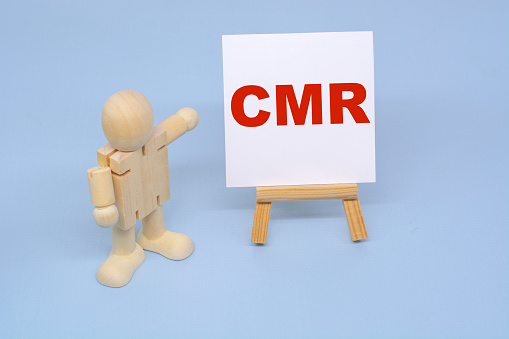A CMR is a staple in European roadway transportation logistics. It stands for “Convention on the Contract for the International Carriage of Goods by Road”. Its concept was founded in 1956 in Geneva by the United Nations Economic Commission for Europe (UNECE), and its intent was to provide safe uniform and informative travel information for most types of goods. Let’s see how to complete a CMR form.
Since its inception, it has been modified according to need and has added a number of participating countries, including transcontinental partners. Today, its evolution heavily relies upon electronics and is constantly moving forward as the technological world progresses.
Table of Contents
The CMR Documentation Process
CMR consignment notes, which are also known as forms, documents, or waybills, must be filled out in accordance with UNECE guidelines. Most freight loads require them, with the exception of postal cargo, funerary transport, furniture removal, and change of residence.
Each CMR has to be in either English or French as the contract language. Furthermore, these languages, in addition to Russian, are obligated to be included in the contract, at minimum. The seller, carrier, goods, and administration all need a copy of the CMR.
Who Can Fill Out a CMR
CMRs can be completed by several permitted individuals. The seller is accountable for them. However, though the seller can fill out consignment notes on their own, they can also grant approval to others. Employees within the company can do it, for example. Also, the carrier can be elected to do so. Additionally, a freight forwarder, if one is employed, may also act within this permission. Nevertheless, it’s important to remember that the seller ultimately retains sole responsibility for accurate information.
CMR Inclusion Requirements
There are several mandated key points of information that every CMR contains.
- Location and date: The date the CMR was filled out and the place where this transpired.
- Names and addresses: All vested parties’ names and addresses, which includes senders, carriers, and recipients.
- Description of goods: The freight’s contents, which in certain circumstances do not have to be fully divulged in order to protect valuables.
- Method of packing: This should be acceptable to both seller and buyer before transit.
- Cargo weight: An imperative factor in transportation regulations.
- Charges incurred: These include any customs or carriage duties.
- Instructional formalities: Any additional reports pertinent to the load, such as customs or dangerous goods information.
Completion and Submission Procedures
Acceptable methods for filling out CMRs include by hand, typewritten, or most recently, through computerization. Because of the 21st century’s technological boom, new outlets continue to develop.
In this modern age, more and more companies are opting to make a paper a thing of the past. It’s faster, easier, more efficient, and less costly in the long run to complete and submit CMRs electronically.
State-of-the-Art Solutions
At this website, any shipper can find clear-cut and streamlined ways to save time and money on CMRs. Waybill filling tools are the wave of the future, which begins here with a host of options tailored to suit every business’s needs. Simplified ways to complete CMR forms include:
- Document activity monitoring to see creators and edits.
- Cloud storage that offers instant access to all who are involved.
- Data importing and language preferences for easy sharing.
- Autosuggest and autonumbering, which seamlessly assists with creation.
- Conversion to .pdf files for exports and emails.
- Collaboration options that also set custom user permissions.
- Custom branding to build your business among clients.
The Last Stop
Completing CMR forms properly is critical to the day-to-day functioning of every company involved with freight transportation. The seller, carrier, and recipient all need to have fluid knowledge of every aspect of the transaction in order to safely and properly operate. With modern technology, it is now easier than ever to document consignment notes. Production is a breeze and results in maximum output with minimal effort. This type of optimization is one of the greatest goals a business can achieve.



















